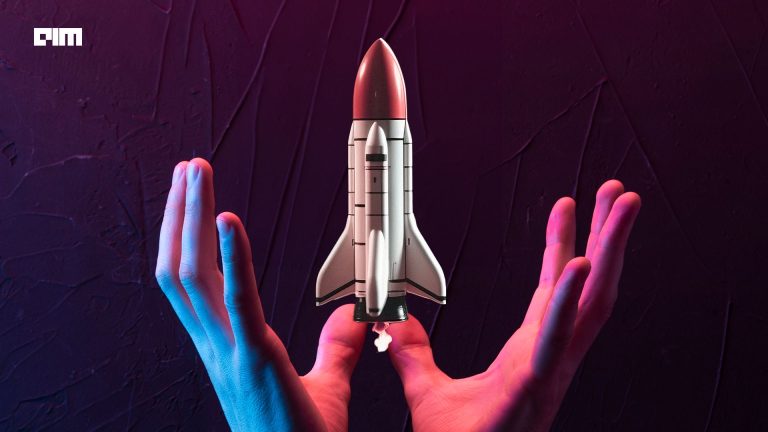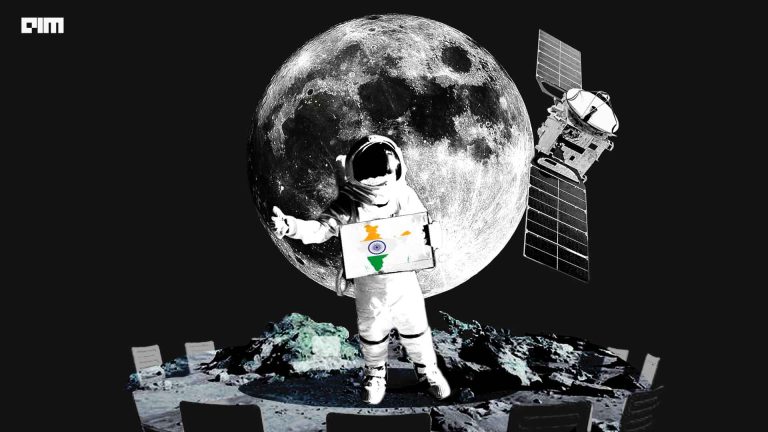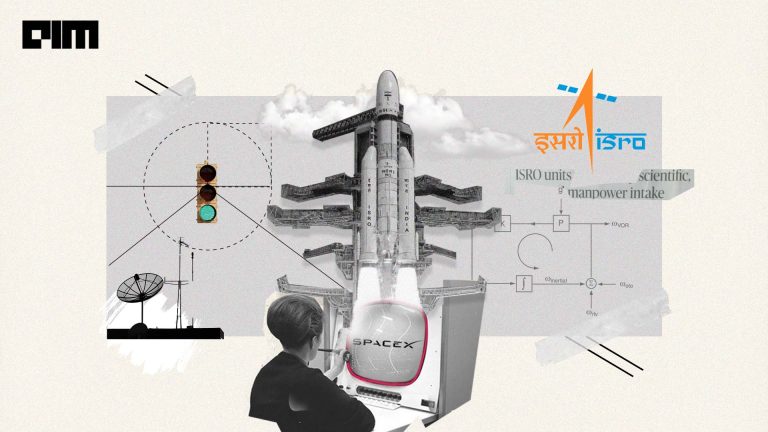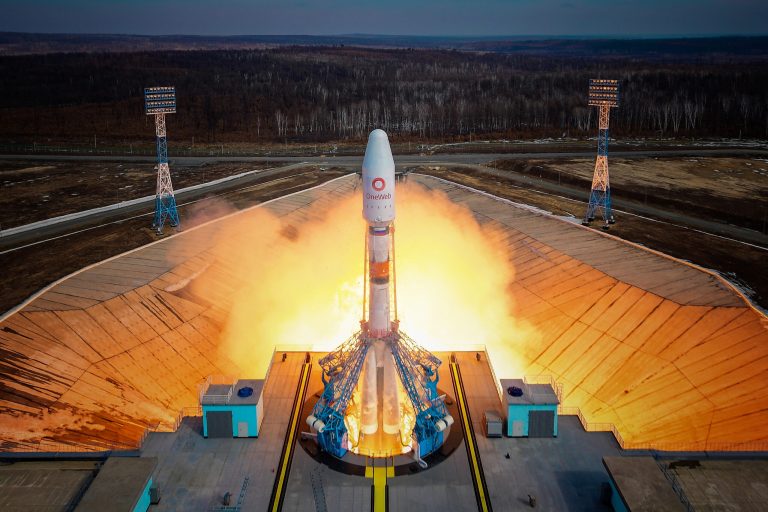|
Listen to this story
|
Ahead of the suborbital launch of its customisable Agnibaan SOrTeD, Indian aerospace startup Agnikul Cosmos recently raised an additional $26.7 million in Series B. With the successful launch, Agnikul Cosmos will now become India’s only second private space company—following Skyroot, which launched its Vikram-S last year (18th November, 2022).
In an interview with AIM, co-founder of Agnikul, Satyanarayan Chakravarthy, who also happens to be a professor at IIT Madras, revealed that the team of 200+ employees is at the cusp of moving to the launchpad. The company has recreated a static test portion of the launchpad at its new campus and is currently assembling rockets for vertical testing.
“So once we do that, we will actually move the rocket. The plumbing assembly and everything else will take about a month between the test and launch,” Chakravarthy said.
In 2017, Chakravarthy co-founded Agnikul Cosmos alongside Srinath Ravichandran, Moin SPM, and Janardhana Raju, with a clear mission to establish a powerful global satellite launch company. With the launch of the Agnibaan SOrTeD, Agnikul’s investors firmly believe in the company’s vision and its potential to disrupt the space industry.
Sailesh Ramakrishnan, managing partner at Rocketship.vc, stated, “As India’s answer to SpaceX, Agnikul is poised to revolutionize the space industry not just domestically, but globally.”
Towards Efficient, Cost-effective Launch
The Agnibaan SOrTeD is a versatile launch vehicle, powered by AgniKul’s 3D-printed Agnilet engine, with 6 kN thrust using liquid oxygen and kerosene. The use of 3D printing technology for engine components enables the company to reduce the number of parts significantly, streamline production, and ultimately lower launch costs.
Chakravarthy emphasised the importance of 3D printing, especially for small satellite players who seek rapid and cost-effective launch opportunities.
“If you don’t do 3D printing, you are actually incurring the need for literally about a thousand parts and about some 3,000 spots to put them together,” the IIT professor believes.
The technology reduces wait times for satellite launches, enabling a rapid response to launch opportunities for small satellite players. Chakravarthy explained, “We were actually intent on decreasing the wait time. And so, 3D printing seems to be the right way to do this.”
Their approach involves creating the entire rocket engine as a single part through 3D printing, eliminating the need for inventory management and the complexities of assembly. This novel technique minimises labour and reduces the overall cost associated with assembling traditional rocket engines.
Chakravarthy continued, “We are in a position to offer a very low launch cost on a per kg basis of the payload that can be translated to the customer in a competitive environment.” Agnikul Cosmos is setting a new standard in the launch cost of small satellites, bridging the gap between large and small payload launches.
He cited SpaceX as a benchmark for low launch costs, with their ability to recycle their second stage, resulting in costs of approximately $15,000 to $20,000 per kilogram for large satellites. However, the story changes when it comes to small satellites.
Chakravarthy pointed out, “If you’re actually using a bigger launcher for a small satellite, the launch cost per kilogram remains the same, but the denominator, in this case, becomes lower. Therefore, the launch cost becomes higher on a per kg basis for the satellites.”
This approach aims to provide small satellites with competitive launch costs, making space access more accessible to a broader range of customers.
Building An India Launchpad for International Market
Chakravarthy also provided insights into Agnikul’s funding and international expansion. The company has already raised approximately $42 million across four funding rounds. This substantial investment will primarily be used to further develop orbital launch capabilities, with a portion serving as a financial security against potential mission setbacks.
He highlighted the limited number of space launch clients in India, making the international market an attractive prospect. Agnikul Cosmos is well-positioned to serve this international demand with its commitment to offering competitive launch services.
“The market is only international,” Chakravarthy exclaimed. The company’s launchpad’s portability and ability to launch on demand from a container truck demonstrate the potential for Agnikul to become a “truly multinational rocket launch provider”, presenting an innovative approach to global space exploration.
“In the event that one of the customers says that I will actually launch with you, if you launched from this particular place—we have the ability to go to different places in the world,” Chakravarthy expanded.
While remaining discreet about specific international clients, Chakravarthy acknowledged the growing interest in India’s space capabilities. He expressed his belief in the potential of an expanded global presence, especially in light of the pedigree established by ISRO.
Its vision includes shifting focus from suborbital to orbital launches, with plans to diversify services by accommodating larger payloads in the 200-300 kg range. They will also explore the possibility of catering to smaller satellite launches if the market size justifies the endeavour.
Validating Vital Technology
The objective of this launch, as Chakravarthy elaborated, is to validate essential technologies. “We are pretty much validating all the technology required, particularly guidance and closed-loop controls,” said Chakravarthy.
This validation extends to precision guidance and closed-loop control systems, where the rocket’s trajectory and altitude are continuously adjusted, ensuring a controlled flight.
Chakravarthy further elaborated on the unique aspects of this mission. “Because of the liquid motor, we actually do a launch release fold,” which involves monitoring thrust carefully to prevent premature liftoff. Moreover, to meet regulatory requirements and ensure safety, the mission integrates a flight termination system – a technology he hopes “won’t be used” but remains a critical component.
In addition to these vital advancements, the suborbital mission aims to transition from a pressure-fed engine to a pump-fed engine, a development stage Chakravarthy describes as “part of the double machinery”. Stage separation for rockets with two stages is another challenge addressed, and as Chakravarthy points out, “there will be a state separation”.
For future orbital launches, the mission looks to “establish command and control with different health stations along the trajectory”, marking a significant step in ensuring the safety and success of upcoming orbital missions.
The suborbital mission’s pursuit of these technological milestones promises to usher in an exciting era of space exploration capabilities, with Agnikul at the forefront representing Indian innovation and mettle internationally.



















































































